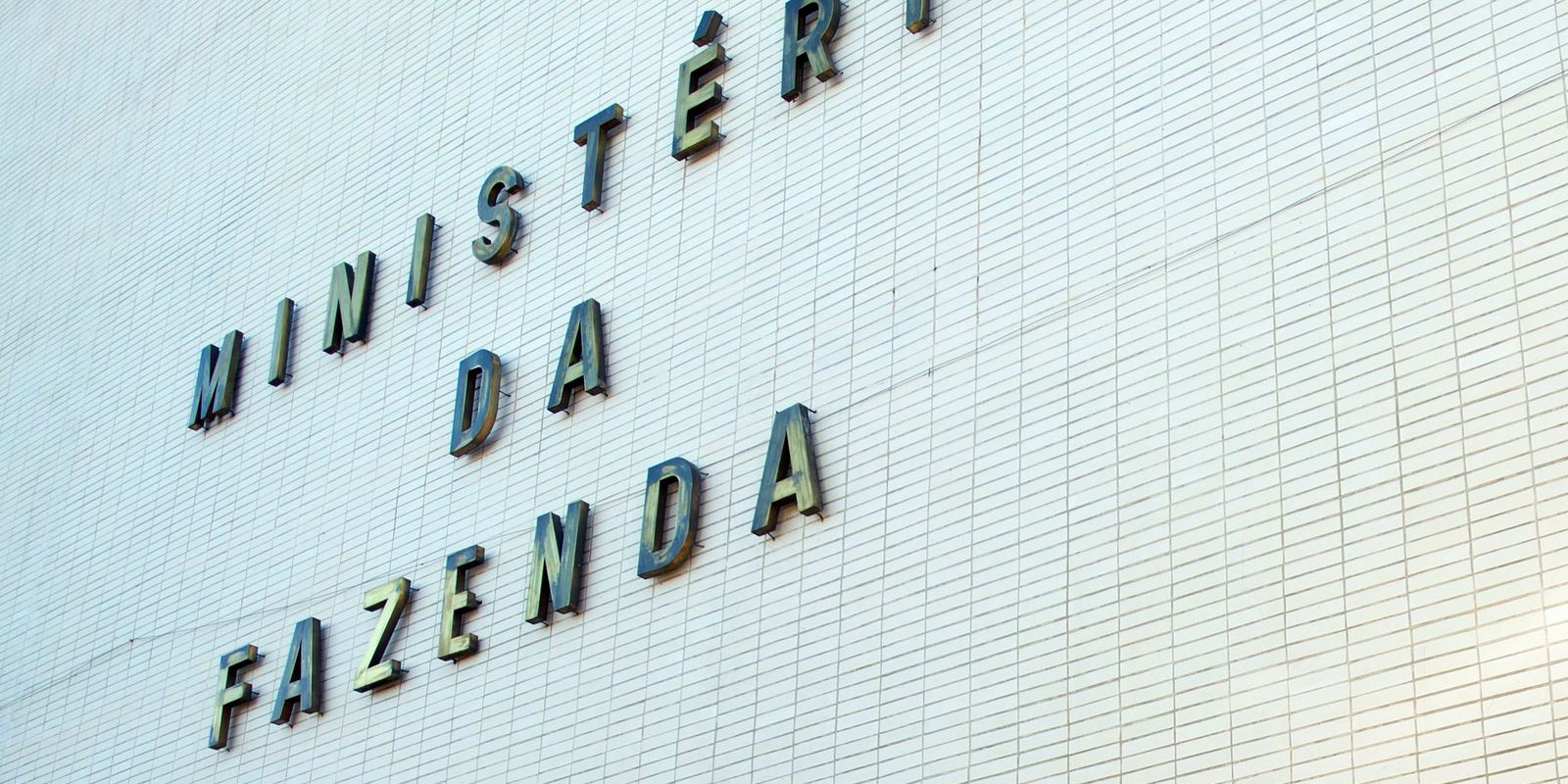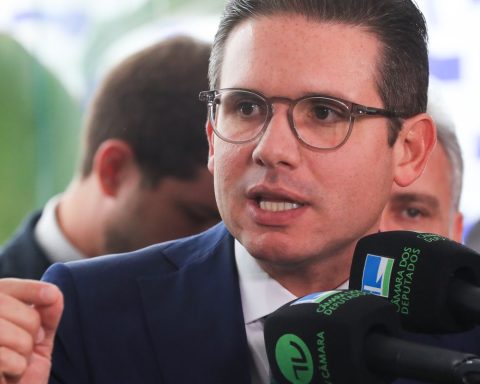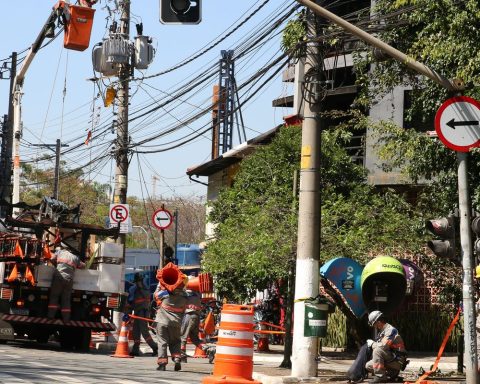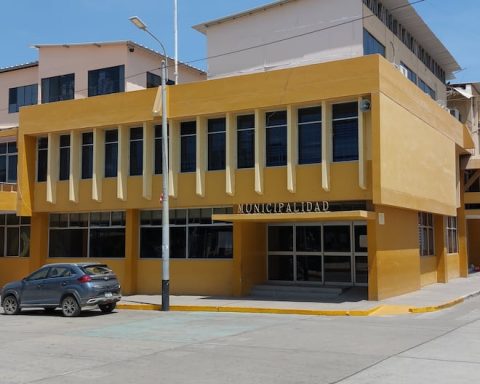The slowdown of the Brazilian economy in 2022 suggests a more modest pace of growth this year. This is what the Economic Policy Secretariat (SPE) of the Ministry of Finance assesses, in a note released after the Brazilian Institute of Geography and Statistics (IBGE) presented the annual result of the Gross Domestic Product (GDP), the sum of all goods and services produced in the country.
This Thursday (2), the IBGE reported that GDP fell by 0.2% in the fourth quarter of 2022. there was growth of 2.9%against 5% in 2021.
“The sharp slowdown in the pace of growth in 2022, with a retraction already observed in the last quarter, reflects, above all, the reduced liquidity in the external environment and the contractionary cycle of monetary policy [aumentos da taxa básica de juros, a Selic]”, says the SPE note.
The SPE adds that the “increase in interest added to the growing default made it difficult to take credit and productive investments, leading to the retraction of industrial activity”. “This scenario was partially offset by the service sector, stimulated by readjustments in the values of the income transfer program, release of the FGTS [Fundo de Garantia do Tempo de Serviço] and by the growth of wages throughout the year”, he pointed out.
The secretariat also says that the growth of exports, reflecting mainly the increase in prices of commodities (primary products with international quotation), also collaborated positively.
Perspective
In the short term, economic activity is expected to recover, driven by the IBGE forecast of 14.7% growth in grain production in 2023.
“Despite the high indebtedness of families, the positive dynamics that continue to be seen in the labor market, the real appreciation of the minimum wage and the increase in the IRPF exemption range [Imposto de Renda da Pessoa Física] should also contribute to the activity in the first months of this year”, added the SPE.
On the other hand, the secretariat mentions basic interest rates as a negative factor for economic growth, currently at 13.75% per year, the highest level since January 2017.
“As a result of high interest rates, an upward trajectory for spreads [diferença entre taxa de captação dos recursos pelos bancos e a cobrada dos clientes] and for the cost of credit, in addition to a sharp deceleration in credit concessions”, he highlights.
For the SPE, the external sector may be another decelerating factor, depending on the pace of cooling in global activity due to the cycle of monetary tightening in central economies, with emphasis on the United States and European countries.
Selic rate
Government members has criticized the current level of the Selic rate, which hampers economic growth. Today, the Minister of Planning and Budget, Simone Tebet, reinforced this speech by saying that the government has done its “homework” and, therefore, expects “a positive gesture”, not one of generosity, at the next meeting of the Committee on Monetary Police (Copom) of BC, responsible for setting the Selic.















